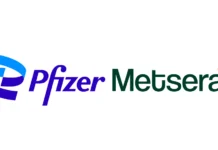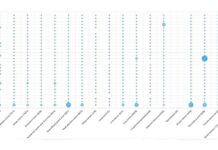In the world of home care, caregivers do more than just assist with daily activities—they build relationships, manage complex needs, and provide emotional support, often across long hours and unpredictable schedules. Over time, this demanding environment takes a toll. Caregiver burnout has become one of the most pressing issues in the US home care industry.
To truly support caregivers, agencies must move beyond quick fixes and start addressing the root causes of burnout. That’s where modern care platforms like ShiftCare come in—offering the structure, clarity, and flexibility caregivers need to thrive.
Understanding the Impact of Burnout in Home Care
Burnout among caregivers often shows up as emotional exhaustion, low motivation, and increased mistakes—all of which directly affect the quality of care delivered to clients. Agencies also feel the effects: missed shifts, higher staff turnover, and a growing challenge to retain talented workers in an already stretched workforce.
The causes are multifaceted—ranging from irregular scheduling and overwhelming documentation requirements to lack of support and poor communication.
Common Triggers of Caregiver Burnout
Many caregivers juggle multiple clients, inconsistent shifts, and administrative tasks that cut into their care time. Key pain points include:
- Disorganized or last-minute scheduling
- Paper-based documentation that increases workload
- Limited visibility into client updates or safety alerts
- Lack of real-time communication with the broader care team
- Minimal feedback or recognition from supervisors
These issues may seem small on their own, but together, they create a high-stress environment that can wear down even the most passionate professionals.
Using Technology to Build a Healthier Care Environment
To reduce burnout, agencies need systems that simplify daily tasks and strengthen team connection. That’s exactly what ShiftCare helps home care providers achieve.
Through its all-in-one platform, caregivers gain access to clear, up-to-date schedules and client care plans via a secure mobile app. This eliminates the guesswork and confusion that often comes with fragmented systems or last-minute changes.
ShiftCare also makes documentation easier. With digital tools designed specifically for disability and home care support, such as its intuitive IDD software, caregivers can log notes and complete reports on the go—freeing up more time to focus on what matters most: the client.
Real-Time Communication & Team Support
Feeling disconnected is a major factor in caregiver burnout. ShiftCare addresses this by offering built-in communication tools that allow team members and supervisors to stay in touch throughout the day. Whether it’s a quick update about a medication change or a check-in about a challenging visit, caregivers feel supported and heard.
They also have access to live care notes, alerts, and updates—so everyone on the care team stays informed and in sync.
Recognizing and Retaining Your Best Caregivers
Support goes beyond systems. Agencies that prioritize caregiver well-being can use ShiftCare to:
- Track performance and recognize achievements
- Monitor shift load to avoid scheduling fatigue
- Support ongoing development with logged training and certifications
By creating visibility into both the workload and the quality of care delivered, agencies can identify and reward the caregivers who consistently go above and beyond.
Final Thoughts: Better Care Starts with Healthier Teams
Caregiver burnout isn’t inevitable—it’s a signal that the system needs to change. Agencies that invest in smart tools and team support aren’t just protecting their workforce—they’re strengthening the entire care experience.
With ShiftCare, home care providers can simplify scheduling, reduce paperwork, improve communication, and ultimately create a more balanced, supportive environment for the people who make care happen every day.
Discover how tools like IDD software and real-time scheduling features can support your team and improve outcomes—inside and out—with ShiftCare.




















